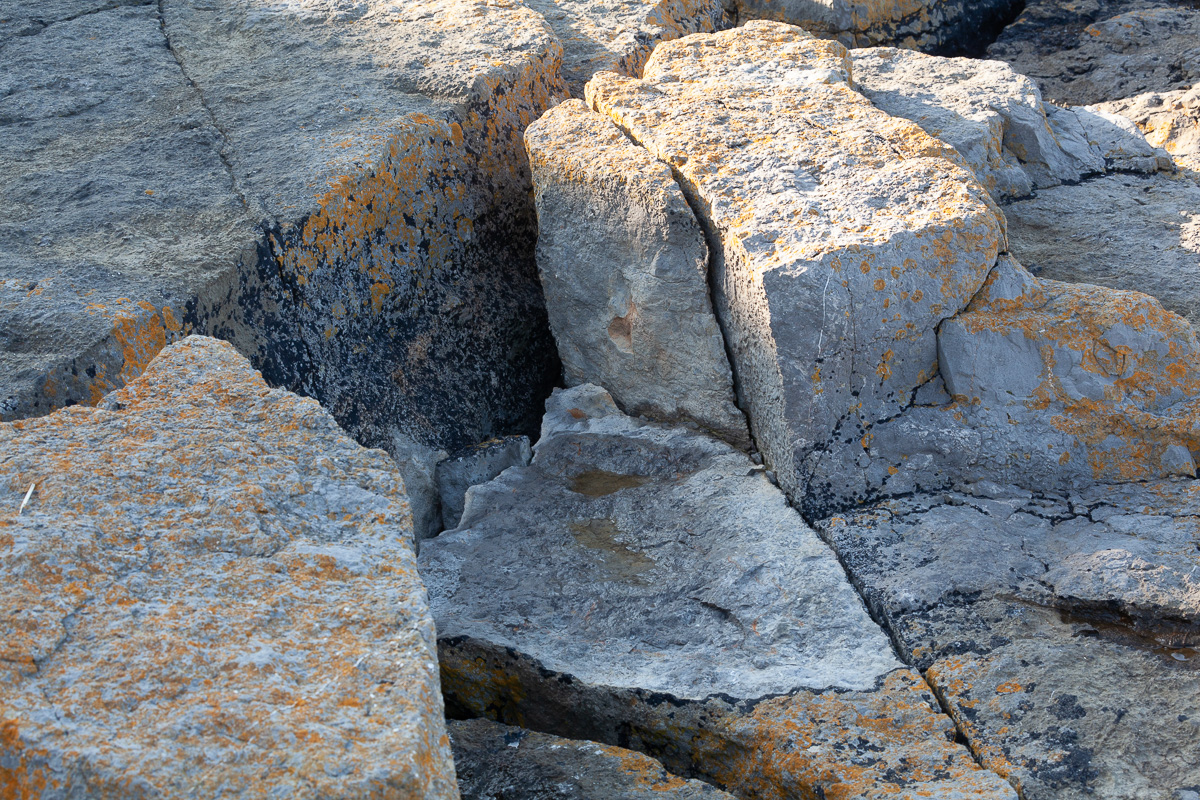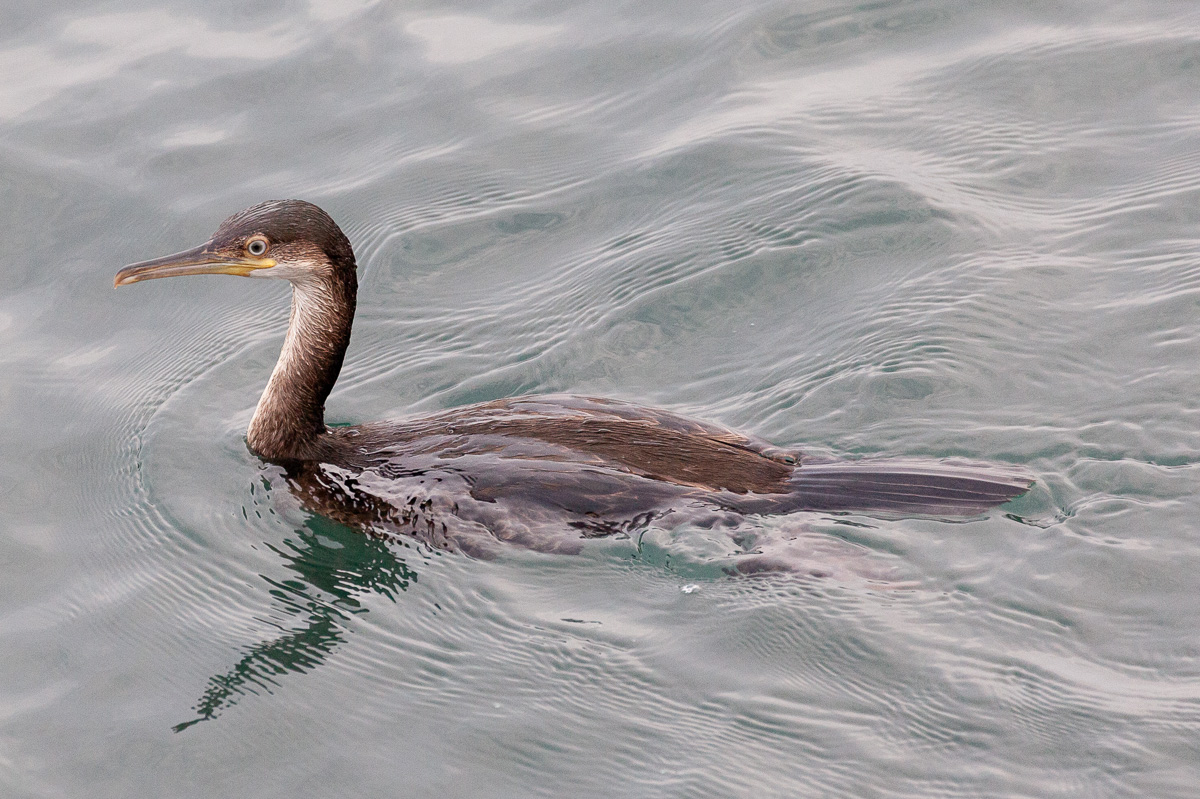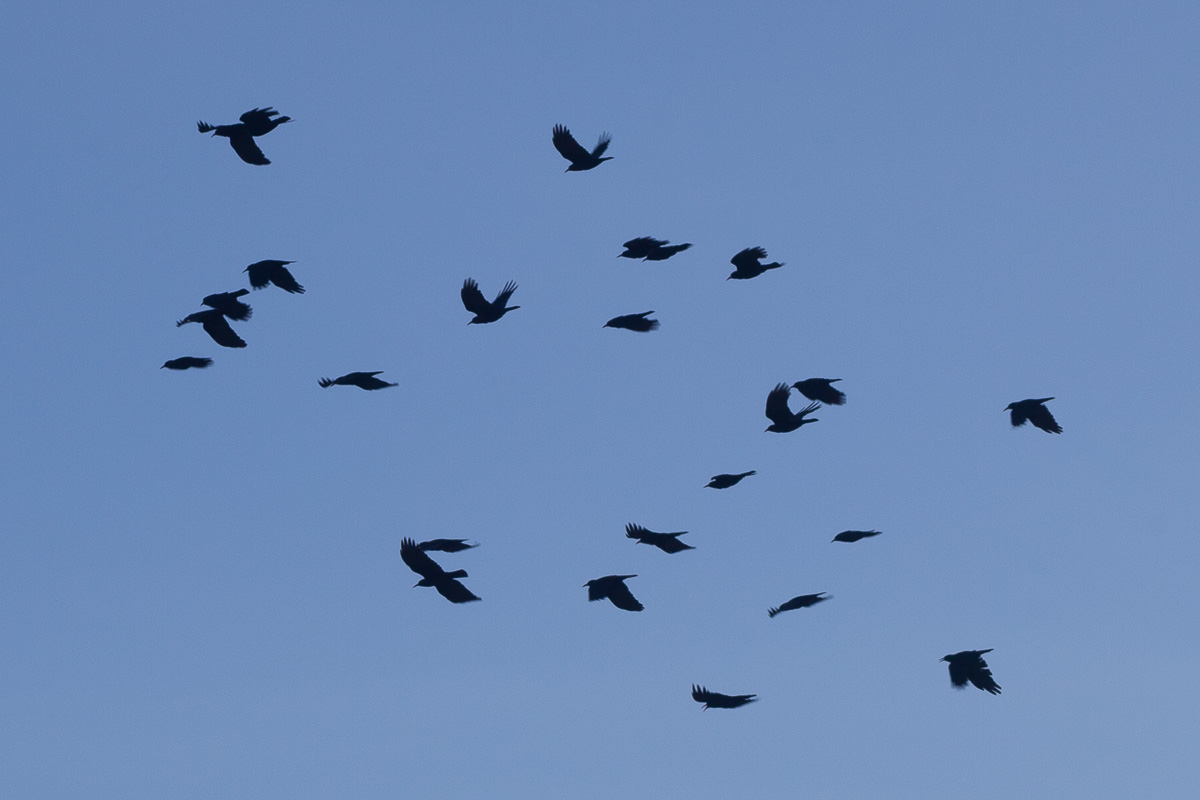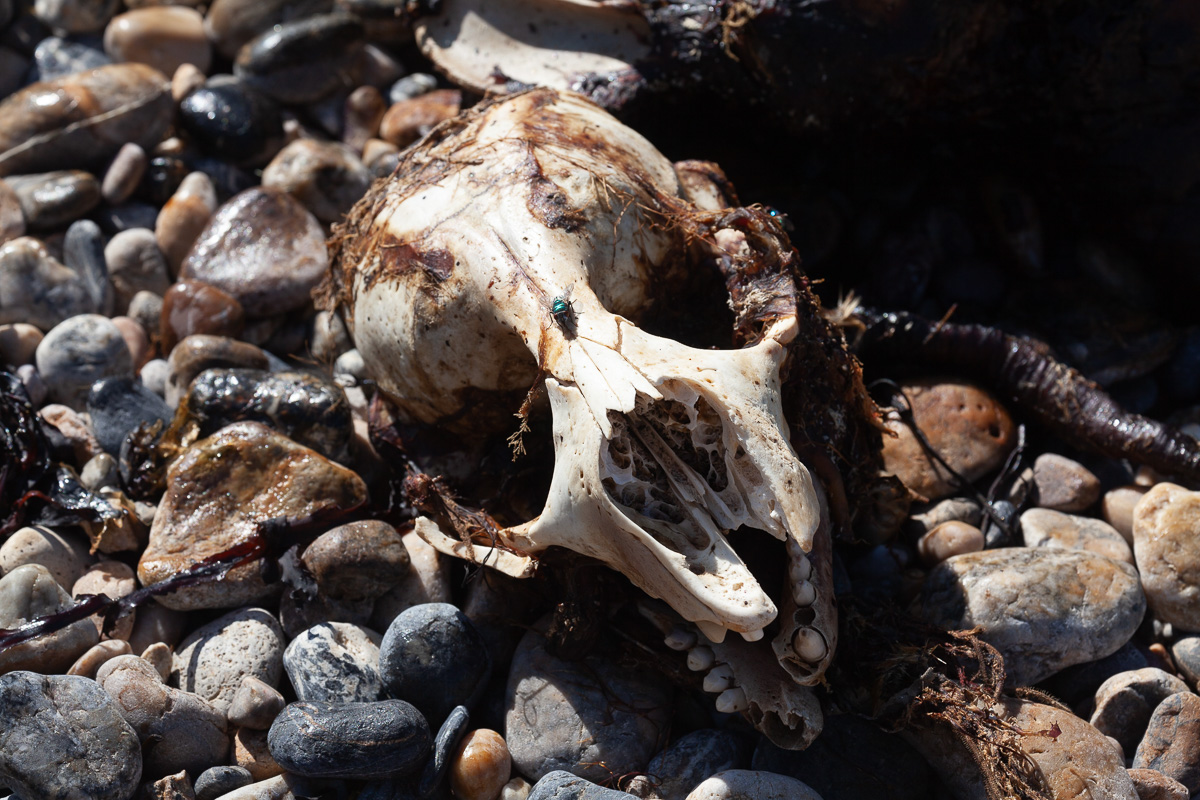Jen and I paid our annual early September visit to my beloved Anglesey last month. Our week-long stays don’t vary much: we repeat favourite walks; we eat at the same restaurants; and I spend a couple of hours before breakfast, and a couple in the afternoon, sitting on my favourite rock, gazing out to sea.
But this year began with something of a shock. After unpacking, I immediately headed down to my favourite rock, only to discover it had moved! Only by about a metre, but a major geological event as far as I was concerned. The rock is—or had been—part of the limestone bedrock. But, since my last visit, it had become detached, I’m guessing during a winter storm, and had been shifted slightly inland. Sitting on my newly relocated favourite rock gave me an entirely different perspective on life. I wonder if it will still be there next year.

The weather was relentlessly sunny and calm for the entire week. I’m hoping this, rather than avian flu, explained the total absence of razorbills, which might have moved farther out to sea. But there were no Sandwich terns either, which was worrying. I spotted a few gannets, but they kept well away from shore this year. There were, however, cormorants and shags aplenty, oystercatchers, gulls, occasional egrets and herons, rock pipits, a few late swallows and house martins, and linnets. No wheatears, though, which was disappointing.

What I did see most days, however, was harbour porpoises. I’ve never had so many sightings. I saw them most days. Perhaps the calm sea made them easier to spot. They seldom approached the rocks, but I did get some nice close-up shots of one of them from my favourite walk along the north coast.

The constant dilemma when out walking was whether I should have a telephoto lens on my camera in case some interesting animal passed by, or whether I should have a wide-angle lens on to capture the sweeping views. I tended to stick with the telephoto, so, of course, Sod’s Law dictated that, on one of the few occasions I switched to wide-angle, a flock of twenty-five agitated choughs appeared out of nowhere. Seconds later, I spotted the source of their agitation: a female peregrine falcon hanging in the wind not twenty metres in front of me. I managed to grab a shot of the choughs, but sadly the falcon was a mere speck when viewed through the totally inappropriate lens, and was soon chased off by courageous gulls.

Macabre highlight of the trip was finding the decaying corpse of grey seal pup on a pebbly beach. A proper nature writer would no doubt have collected the nearly fleshless skull as a magnificent trophy for their study, but this particular skull wasn’t nearly fleshless enough, as far as I was concerned, and was covered in green bottle blowflies, so I ended up taking only photographs home with me.

Leave a Reply